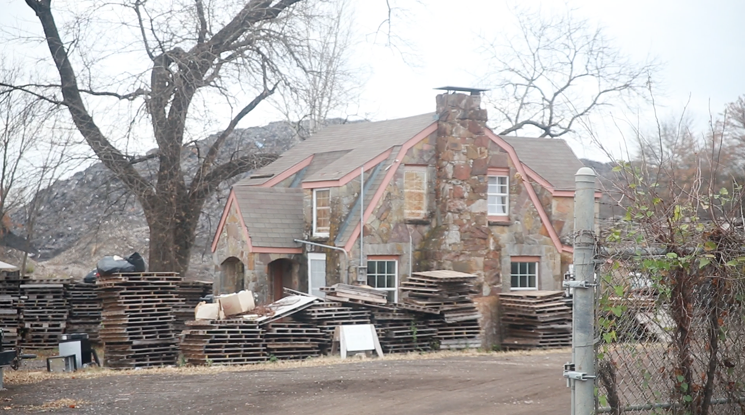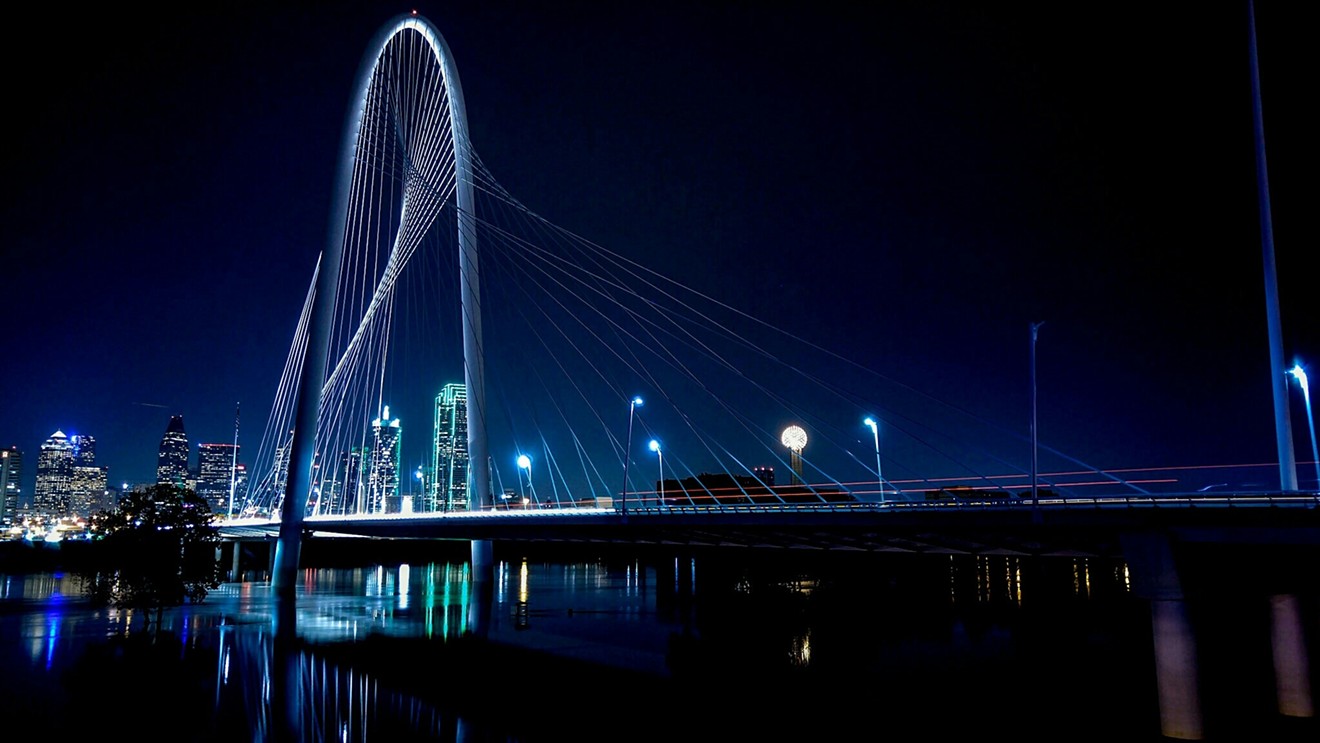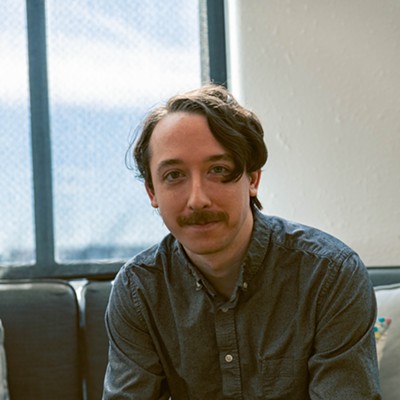Reyes Jr. was one of six children the couple raised in West Dallas. He’s now bringing up his own kids in the same community.
“Whether my dad knew it or not, he started a plan,” Reyes Jr. said. “He started a family plan. From a real simple perspective, that plan becomes: How do you keep what you work hard for?”
Throughout the years, the air has been filled with a strong stench coming from industrial development in the area. The population's gotten denser by the year, and property taxes have continued to rise. Some are afraid they’ll be priced out of their own neighborhoods.
But West Dallas has a vision for its community. With a neighborhood plan, West Dallas hopes to inform policy decisions and shape its own future.
This has been in the works since 2018. That year, West Dallas property values shot up, threatening residents who have lived there for decades. That’s when Reyes Jr., the president of West Dallas 1, a coalition of neighborhoods in the area, gathered with several other community leaders to talk about creating an equity plan.
They wanted a way for the West Dallas community to keep what it worked hard for. “You have to take care of what you have,” Reyes Jr. said. Now, the plan is beginning to become a reality.
The Trinity Park Conservancy, West Dallas 1, Downwinders at Risk and the Southern Methodist University's Budd Center partnered to develop the West Dallas Community Vision Plan in collaboration with residents and community leaders. The residents will serve on a steering committee for the plan as well.
The plan has several facets, including issues such as fair housing and urban planning.
Downwinders will act as the environmental justice expert for the plan, and the SMU Budd Center will work on design and incorporating community comment.
In the last decade, the community has attracted real estate and economic investments worth millions of dollars. However, these opportunities haven’t been the most advantageous to residents or aligned with their needs.
There have been other plans for the area, like the 2005 Trinity River Corridor Comprehensive Land Use Plan and the West Dallas Urban Structure and Guidelines in 2011, but they lacked the community's voice.
Residents are stretched thin fighting for their priorities across several issues including zoning, education, transportation and planning. Additionally, there is a gap between what the residents want and what private and public entities are doing in West Dallas. They think a plan could fill that gap.“You have to take care of what you have.” – Raul Reyes Jr., West Dallas 1
tweet this
The plan will encourage “equitable development and empower local residents with the necessary tools to shape the future of their community,” James Armstrong III said in a press release. Armstrong attended that 2018 meeting with Reyes Jr. He is the CEO of Builders of Hope Community Development Corp., which is overseeing the plan.
Armstrong said, “Once adopted, the West Dallas Community Vision Plan will be a model for other neighborhoods in our city that are experiencing rapid gentrification.”
The plan is set to be completed in four steps through 2022. Builders of Hope and the Trinity Park Conservancy are reviewing past policy plans, conducting a fair housing assessment and looking for potential steering committee members. The steering committee will consist of 10-15 members who will each be paid $2,000 for their work over a period of six months.
The community is also receiving $300,000 from Communities Foundation of Texas’ W.W. Caruth Fund to pay for the fair housing assessment of the 2.5 miles around Harold Simmons Park and all of West Dallas.
While the plan is still in a preliminary stage, Reyes Jr. suspects the biggest challenge will be getting the city to adopt it and take it seriously.
There are three kinds of area plans in Dallas: city-initiated, interagency and neighborhood-led. You can imagine which ones the city takes most seriously.
City-initiated plans are pursued where the city recognizes robust growth or is predicting high real-estate and economic potential. Interagency plans are done in collaboration with other public or nonprofit entities that partially or fully fund the plan and usually lead its development.
Neighborhood-led plans are generally spearheaded by neighborhood organizations in collaboration with the city and adopted by City Council. This is the kind of plan West Dallas wants.
The Planning and Urban Design Department provides technical assistance, review and guidance through the process. There are over 20 city-initiated plans, nine interagency and two neighborhood-led plans listed on the city’s website.
Reyes Jr. looks to the Floral Farms community in preparation for the West Dallas plan.

Residents of a southeast Dallas neighborhood lived with a 100-foot mountain of shingles that they were trying to get rid of for years.
Jacob Vaughn
One of the goals of getting the Floral Farms plan adopted is to move the community up the list for an authorized rezoning hearing. Community members want the area rezoned so they don’t have to keep fighting off industrial developments.
Usually, the City Plan Commission’s Urban Design Advisory Committee (UDAC) reviews area plans and neighborhood plans and recommends action to the commission. However, the city is working on an update to Forward Dallas, the city’s comprehensive land-use plan, and in preparation, the plan commission is acting on amended rules.
The amended rules replace the urban design advisory committee with a new comprehensive land-use plan committee to guide the Forward Dallas update and to review and recommend action on future area plans/neighborhood plans.
“Staff is currently developing a proposal and finding resources to initiate an area planning process that would encompass a broader area inclusive of Floral Farms to serve as the basis for the City-authorized rezoning,” a city spokesperson said in an email. “This effort will certainly consider the Floral Farms neighborhood plan in conjunction with broader analyses to inform the rezoning process.”
Reyes Jr. is concerned that the Forward Dallas update may make it harder for neighborhood plans like the ones being pursued in Floral Farms and West Dallas to inform policy. “We’ll see what happens,” Reyes Jr. said, adding that the community is prepared to advocate and push the city in the right direction if they have to.












